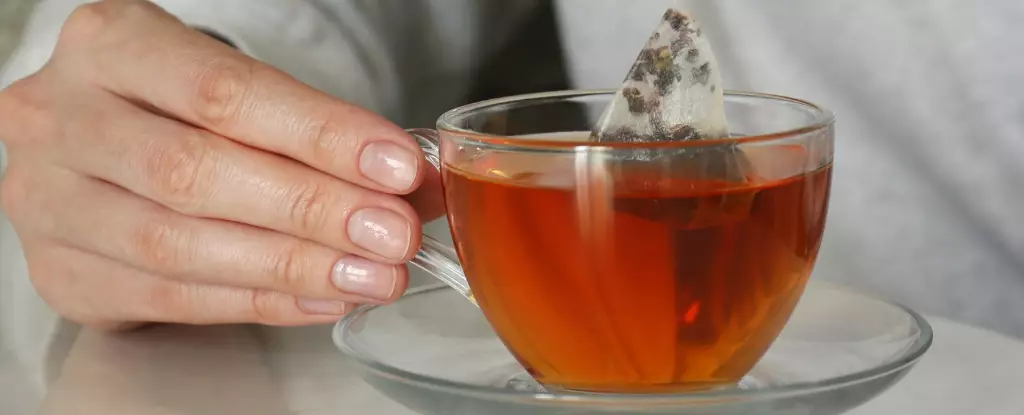Microplastics have become an unavoidable subject in discussions about environmental health, entering various facets of our daily lives, from bottled water to the very air we breathe. The most recent revelations from a study led by researchers at the Autonomous University of Barcelona (UAB) shed light on an unexpected and alarming source of microplastics—tea bags. This research indicates that a singular tea bag can release billions of micro- and nanoplastic (MNPL) particles into water. These findings not only highlight the prevalence of microplastics but also serve as a significant wake-up call regarding their hidden presence in common items and their potential health risks.
The study showcased a range of tea bag materials, including polypropylene, cellulose, and nylon-6, analyzing their propensity to leach microplastics into brewing water. The results were staggering: polypropylene bags released approximately 1.2 billion particles per milliliter, while cellulose bags shed about 135 million particles. Even nylon-6 bags, which generally seem less concerning, released an alarming 8.18 million particles per milliliter. Understanding the scale of this contamination is crucial, as it underscores not just the amount of pollutants we are exposed to but also the potential long-term consequences of consuming them.
Utilizing advanced laser techniques, the researchers were able to characterize the particles’ size and composition accurately. For instance, the average size of particles from polypropylene bags was 136.7 nanometers, whereas cellulose bags produced slightly larger particles averaging 244 nanometers. Such minute sizes raise significant concerns, as these tiny plastics can permeate biological barriers, possibly leading to unknown health implications.
Health Implications of Microplastics
Perhaps the most alarming aspect of this research is how these plastic particles interact with human cells. The study found that in mucus-producing intestinal cells, these MNPL particles were absorbed sufficiently to reach the cell nucleus. This raises a vital question: what are the long-term health effects of having synthetic particles interact with our cellular structures? The implications of such absorption can be severe, with potential genotoxicity and carcinogenic properties that could disrupt normal cellular functions and immune responses.
The researchers emphasize that the polymer composition of MNPLs plays a significant role in determining how they interact with human biology. Variations in their structure could lead to different toxicity profiles and patterns of accumulation in various tissues and organs. This new understanding lends more weight to the urgency of addressing the health consequences posed by microplastics in our diet—a call to action that cannot be taken lightly.
In light of these findings, the researchers advocate for enhanced regulatory measures regarding the use of plastics in food packaging. As the consumption of plastic-wrapped products continues to escalate, the potential hazards of microplastic contamination must be tackled through policy-making and scientific inquiry. The interplay between microplastics and our health constitutes a perplexing challenge that necessitates a multidisciplinary approach, combining the insights of environmental science, public health, and consumer safety.
The pressing nature of this issue emerges from a growing body of evidence suggesting that microplastics could substantially disrupt ecosystems and human health alike. Conditions such as inflammatory bowel disease (IBD) have been linked to the presence of plastics in the gut, emphasizing the ongoing need for research into the specific health conditions associated with this contamination.
As consumers increasingly prioritize sustainability and health in their dietary choices, the presence of microplastics in commonly consumed items, including tea, raises significant concerns. The findings from this UAB study encapsulate the urgent need to rethink our relationship with plastic and food packaging. Awareness and education are paramount as we navigate the implications of microplastics, shaping informed consumer choices and inspiring action to safeguard public health. The necessity for stringent regulations and innovative solutions to mitigate the use of plastics is no longer optional, but essential for the well-being of future generations.



Leave a Reply